A Comprehensive Guide on Batteries Used in Flashlights
Are you ready to take your flashlight game up a notch? Then you'll need to know all about EBL batteries, the optimal choice for keeping your light shining!

Read this guide to learn everything about the features, specs and compatibility with flashlights and how best to charge and handle them.
A Bit About EBL Batteries
Ready to take your high-performance device up a notch? EBL has you covered! Their rechargeable batteries are reliable, long-lasting, and cost-effective, giving you an eco-friendly alternative to disposable options.
EBL Battery Types and Chemistry
EBL offers different types of batteries based on their chemistry, each with unique characteristics and applications. The two most common types used in flashlights are Nickel-Metal Hydride (NiMH) batteries and Lithium-ion (Li-ion) batteries.
1. Nickel-Metal Hydride (NiMH) Batteries:
EBL NiMH batteries have become an industry-leading choice for flashlights thanks to their capacity, rechargeability, and eco-friendly composition. Delivering reliable power and continuous performance throughout their lifespan, these batteries provide 1.2 Volts of voltage - making them suitable for most flashlights - in a variety of sizes like AA (14500), AAA (10440), C (14500), and D (14500). Get started with the convenience of these batteries today!
2. Lithium-ion (Li-ion) Batteries:
EBL Li-ion batteries offer a higher voltage than NiMH batteries, making them the perfect go-to for those needing higher voltage performance from flashlights. The nominal voltage range of 1.5V - 3.7V makes the 18650, 16340 (also known as CR123A), and 14500 sizes compatible with almost any flashlight. Turn to Li-ion batteries today, and always be aware of the situation.
EBL Battery Capacity and Voltage
Understanding battery capacity and voltage is crucial for selecting the right batteries that meet your flashlight's power requirements. Let's explore the capacity and voltage specifications of EBL batteries in more detail:
1. NiMH Batteries:
AA-size batteries : The capacity of EBL AA NiMH batteries ranges from 800mAh to 2800mAh, with a nominal voltage of 1.2 volts. These batteries provide a reliable, long-lasting power source for flashlights that accept AA-size batteries.
AAA-size batteries: EBL AAA NiMH batteries deliver a capacity range of 1000mAh to 1500mAh, with a nominal voltage of 1.2 volts - the perfect choice for flashlight use.
C-size batteries: EBL C NiMH batteries are great for flashlights requiring C-size cells, offering a capacity range of 3000mAh to 5000mAh, with a nominal voltage of 1.2 volts.
D-size batteries: EBL D NiMH batteries are ideal for flashlights needing D-size cells, providing an impressive capacity range from 6000mAh to 10000mAh and a nominal voltage of 1.2 volts - perfect for ultra-bright light.
2. Li-ion Batteries:
Here are the specifications for EBL Li-ion batteries commonly used in flashlights, including their capacity and voltage. These batteries are designed to provide a higher voltage and excellent energy density for demanding flashlight applications.
18650: EBL 18650 Li-ion batteries with a nominal voltage of 3.7 volts and a capacity range of 2000mAh to 3400mAh are commonly used in flashlights. They are known for their high performance and extended battery life.
16340 (CR123A): The EBL 16340 Li-ion batteries are small-sized with a 3.7 volts nominal voltage and a capacity between 700mAh and 1000mAh. They are often used in high-voltage equipment like tactical flashlights.
14500: The EBL 14500 Li-ion batteries are intended for use in flashlights that require AA-size batteries. Despite their smaller size, they have a higher voltage and better performance. Their capacity ranges from 700mAh to 1200mAh, with a nominal voltage of 3.7 volts.
21700: The 21700 battery is gaining popularity among high-performance flashlight users due to its larger capacity range of 4000mAh to 5000mAh and voltage of 3.7V. This rechargeable lithium-ion battery is a newer size in the market.
26650: The 26650 li-ion battery is a bigger one often used in flashlights requiring higher capacities. It offers capacities between 4000mAh and 6000mAh, making it appropriate for flashlights that need to run longer. The 26650 battery is also a 3.7V lithium-ion rechargeable battery, similar to the 21700 battery.
Charging and Rechargeability
EBL batteries are rechargeable and non-rechargeable. Rechargeable flashlight batteries offering convenience and cost-effectiveness. To ensure optimal performance and maximize battery life, it is essential to follow proper charging practices:
Charging Basics:
EBL Chargers are essential for battery charging, providing features like overcharge protection, intelligent charging algorithms and compatibility with different battery sizes.
Charging Times:
The charging time required for EBL batteries varies depending on the charger model and the battery's capacity. Refer to the specific instructions provided with the charger for accurate charging times, ranging from a few hours to overnight for higher-capacity batteries.
Safety First:
When charging batteries, safety should always be your number one priority. Never leave EBL Chargers unattended, and do not charge an excessive amount of batteries at once. Follow all safety instructions provided to ensure your batteries are safely charged.
When charging is complete, turn off the charger and unplug it from the power source before removing or inspecting the batteries. Be sure to store fully charged batteries in a cool, dry environment away from direct sunlight for optimal performance.
Proper Charging Practices:
To prolong the lifespan of your EBL batteries and ensure optimal performance, consider the following charging practices:
Avoid Overcharging: Overcharging can negatively impact battery performance and reduce its overall lifespan. It is recommended to remove the batteries from the charger once they are fully charged. EBL chargers often have built-in safety features to prevent overcharging.
Complete Discharge and Recharge: Occasionally, it is beneficial to fully discharge your EBL batteries before recharging them. This process helps calibrate the battery's capacity and maintain its performance over time. However, frequent deep discharges can also reduce the battery's overall lifespan, so it is best to balance complete discharge cycles with regular recharges.
Match Charger and Battery: Ensure your charger is compatible with EBL batteries and the specific battery size and chemistry you are charging. Using an inappropriate charger may lead to improper charging, reduced performance, or even damage to the battery.
Charge in a Suitable Environment: Charging EBL batteries in a well-ventilated area away from flammable materials is vital. Avoid extreme hot and cold temperatures, as they can affect the charging process and battery performance. The battery manufacturer usually specifies ideal charging temperature ranges.

You can also know complete information about battery charging tips from our blog: How To Safely Charge Your Rechargeable Batteries
Safety Considerations
While EBL batteries are designed with safety features, handling and storing them properly is essential to mitigate any risks. Consider the following safety precautions:
Storage:
Store EBL batteries in a cool, dry place, away from direct sunlight and high temperatures. Extreme heat can lead to reduced battery performance, while extreme cold can temporarily affect the battery's capacity.
Handling:
Avoid exposing EBL batteries to water, fire, or physical damage. Damaged batteries may pose safety risks, such as leakage or overheating. If you notice any signs of damage, it is best to replace the battery.
Recycling:
When an EBL battery reaches the end of its life cycle or is no longer functioning correctly, it should be recycled responsibly. Many local recycling centers and battery retailers offer battery recycling services to ensure proper disposal and environmental protection.
If you would to know how to store batteries safety, please read our blog: Tips To Store Batteries Safely - Battery Storage Guidelines!
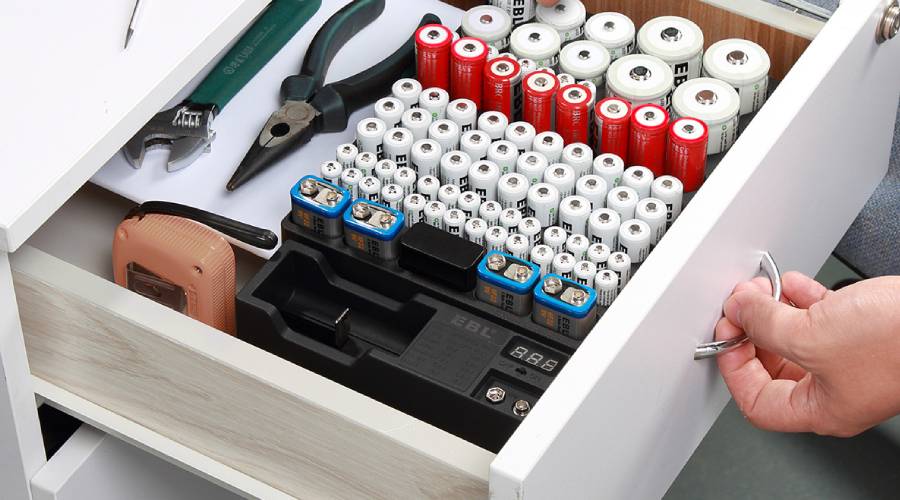
Compatibility with Flashlights
EBL batteries are designed to be compatible with a wide range of flashlights that support their respective sizes and voltages. However, it is essential to check the specifications of your flashlight and ensure compatibility with EBL batteries before making a purchase. Confirm the required battery size, voltage, and chemistry the flashlight manufacturer recommends to ensure optimal performance and safety.
Other Types of Flashlight Batteries
While EBL batteries offer a wide range of options for powering flashlights, there are other types of batteries commonly used in flashlights as well. These alternative battery types may have different characteristics and performance attributes. Here are some other types of flashlight batteries:
1. CR123A:
-
Chemistry: CR123A batteries are typically lithium batteries.
-
Voltage: They provide a voltage of 3V.
-
Capacity: The capacity of CR123A batteries can vary but is usually around 1300mAh to 1700mAh.
-
Rechargeable: Non-rechargeable versions are more common for CR123A batteries.
2. CR2:
-
Chemistry: CR2 batteries are usually lithium batteries.
-
Voltage: They offer a voltage of 3V.
-
Capacity: The capacity of CR2 batteries is typically around 700mAh to 900mAh.
-
Rechargeable: Non-rechargeable versions are more common for CR2 batteries.
3. CR2450:
-
Chemistry: CR2450 batteries are often lithium manganese dioxide batteries.
-
Voltage: They provide a voltage of 3V.
-
Capacity: The capacity of CR2450 batteries is typically around 500mAh to 620mAh.
-
Rechargeable: Non-rechargeable versions are more common for CR2450 batteries.
4. 9V:
-
Chemistry: 9V batteries can be found in various chemistries, including alkaline, lithium, or Ni-MH.
-
Voltage: They offer a voltage of 9V.
-
Capacity: The capacity of 9V batteries can vary depending on the chemistry and brand, typically ranging from 200mAh to 600mAh.
-
Rechargeable: Both rechargeable and non-rechargeable versions are available for 9V batteries.
5. Alkaline:
-
Chemistry: Alkaline batteries are a common type used in flashlights.
-
Voltage: They usually provide a voltage of 1.5V.
-
Capacity: The capacity of alkaline batteries can vary but is generally around 1500mAh to 3000mAh.
-
Rechargeable: Alkaline batteries are typically non-rechargeable.
It's important to note that while these battery types are commonly used in flashlights, their compatibility may vary depending on the flashlight's design and requirements. Always refer to the flashlight manufacturer's specifications to ensure you choose the correct battery type, size, and chemistry for your flashlight.
By exploring these alternative battery types, you can find the best match for your specific flashlight needs, considering factors such as voltage, capacity, and rechargeability.
Comparing the EBL Batteries for Flashlights
|
Battery Type |
Chemistry |
Voltage |
Capacity Range |
Rechargeable |
|
Ni-MH |
Nickel-Metal Hydride |
1.2V |
500mAh - 10000mAh |
Yes |
|
Li-ion |
Lithium-ion |
3.6V - 3.7V |
500mAh - 20000mAh |
Yes |
|
Alkaline |
Alkaline |
1.5V |
1500mAh - 3000mAh |
No |
|
CR123A |
Lithium |
3V |
1300mAh - 1700mAh |
No |
|
CR2 |
Lithium |
3V |
700mAh - 900mAh |
No |
|
CR2450 |
Lithium-Manganese Dioxide |
3V |
500mAh - 620mAh |
No |
|
9V |
Alkaline, Lithium, Ni-MH |
9V |
200mAh - 600mAh |
Yes/No |
Conclusion
Choosing the right batteries for your flashlight is essential for reliable performance and extended runtime. EBL batteries, with their diverse range of sizes, capacities, and chemistries, offer a reliable and cost-effective solution for powering flashlights. Understanding the battery types, capacities, voltages, sizes, and proper charging practices will help you pick the right batteries for your flashlight.


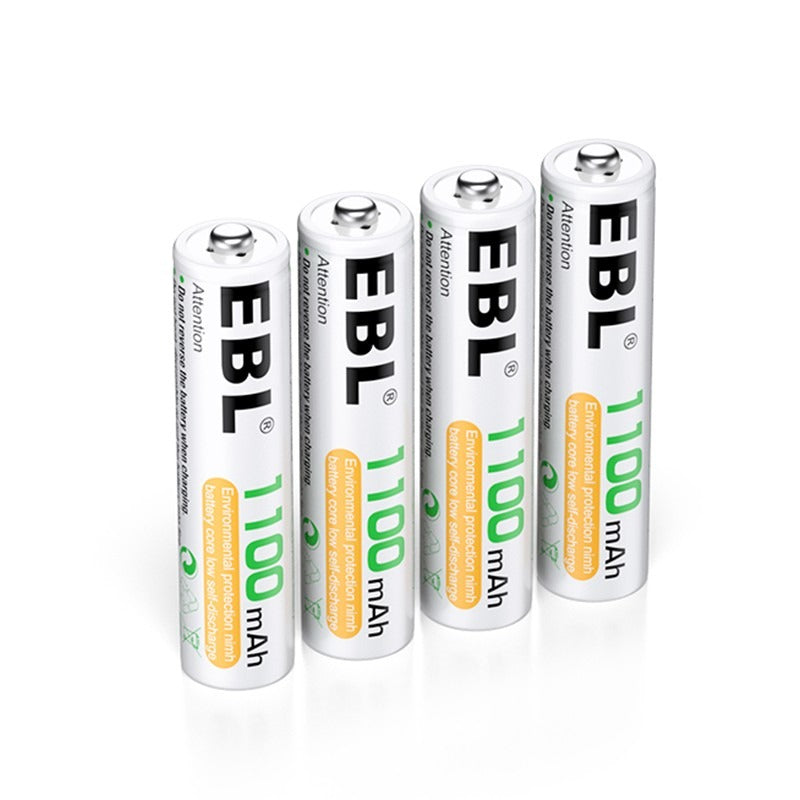
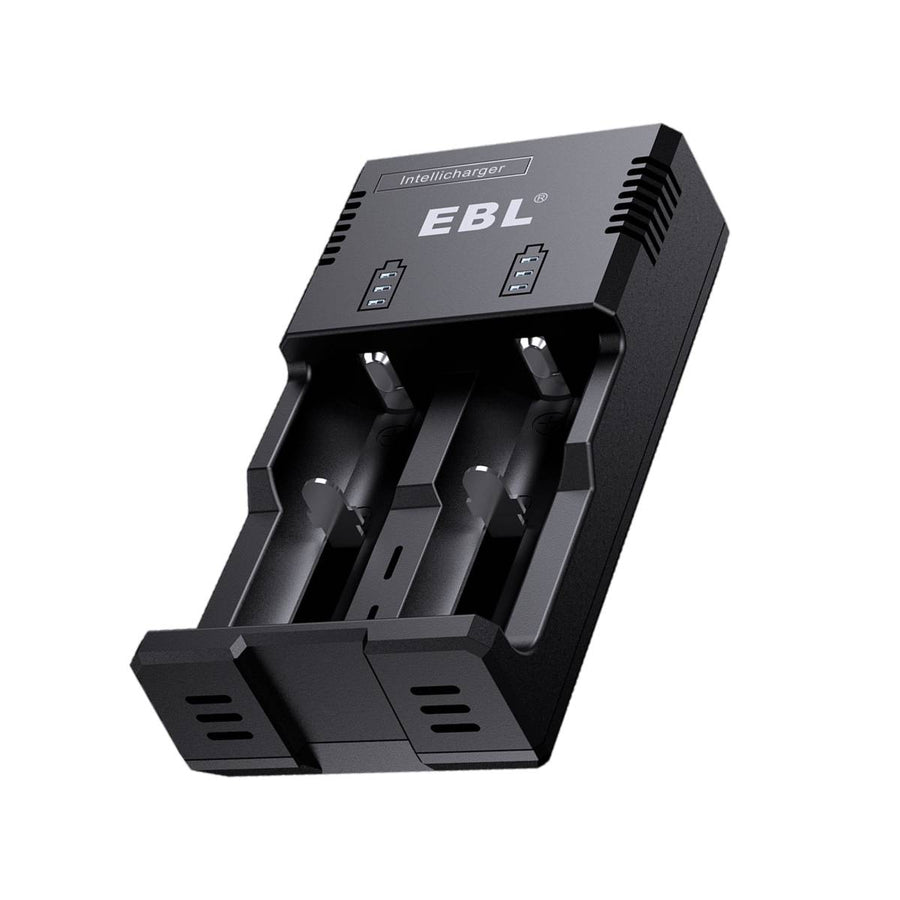
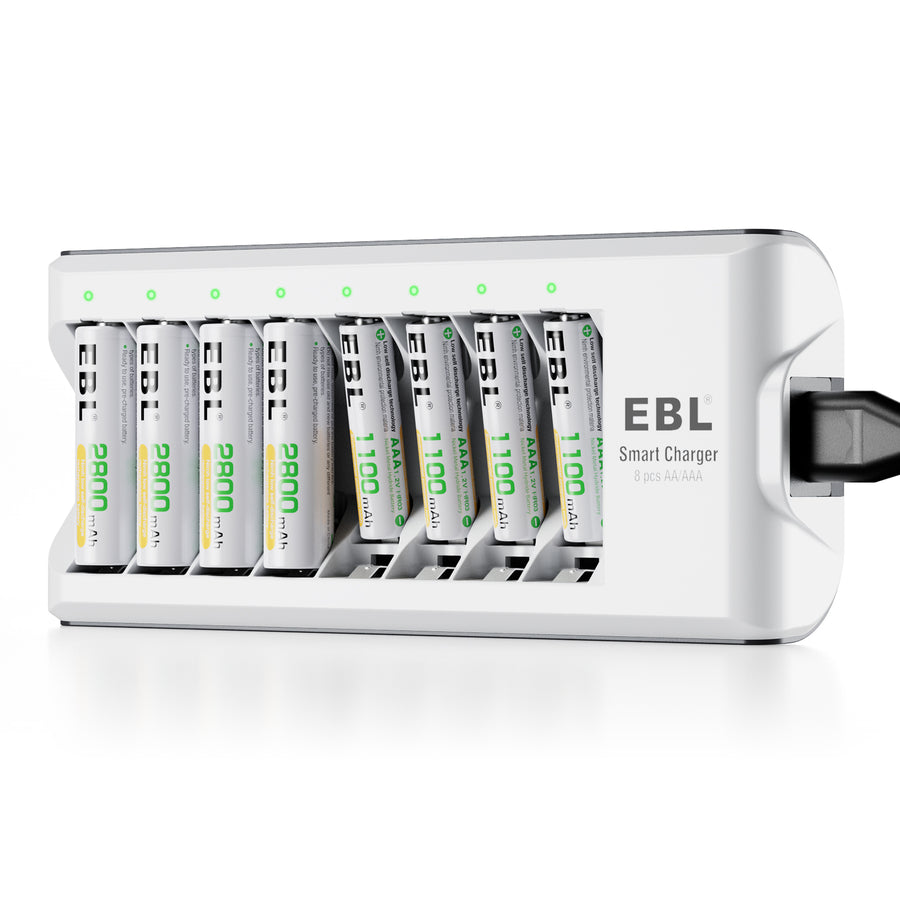
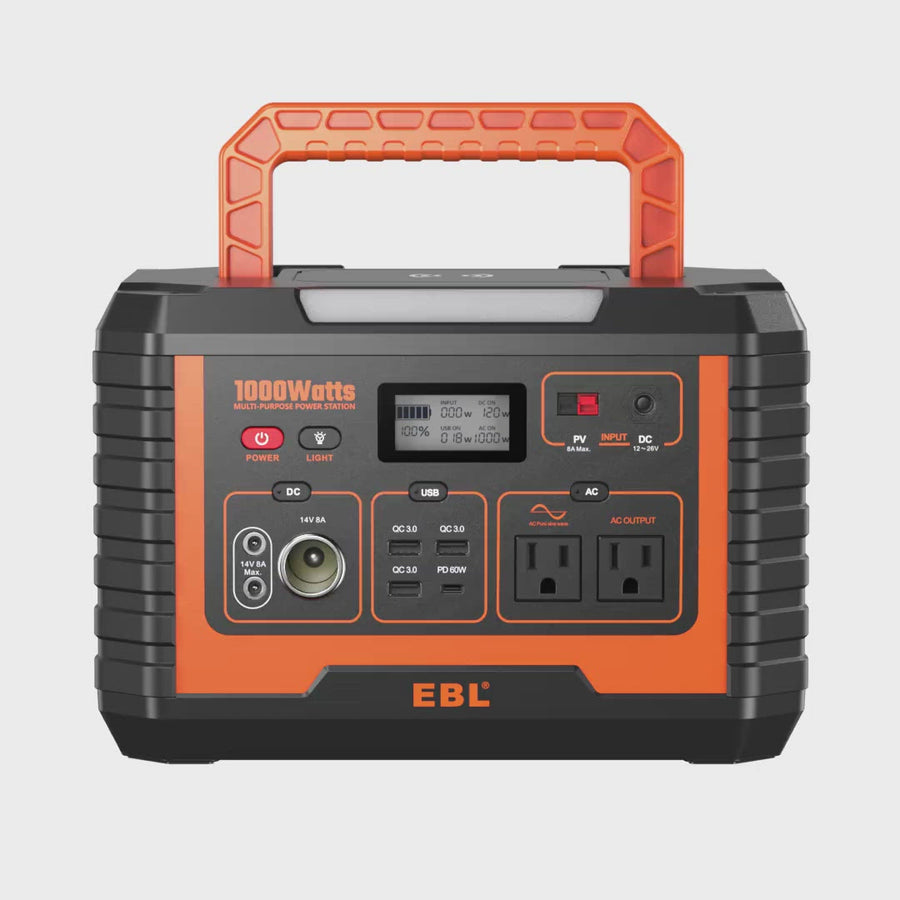
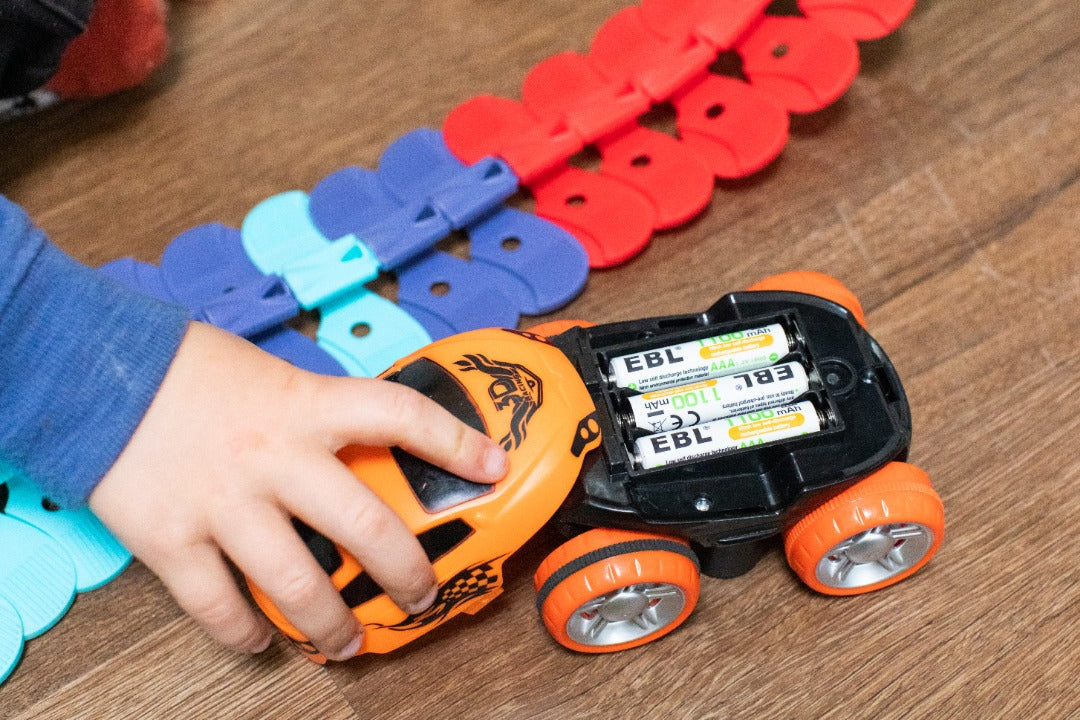
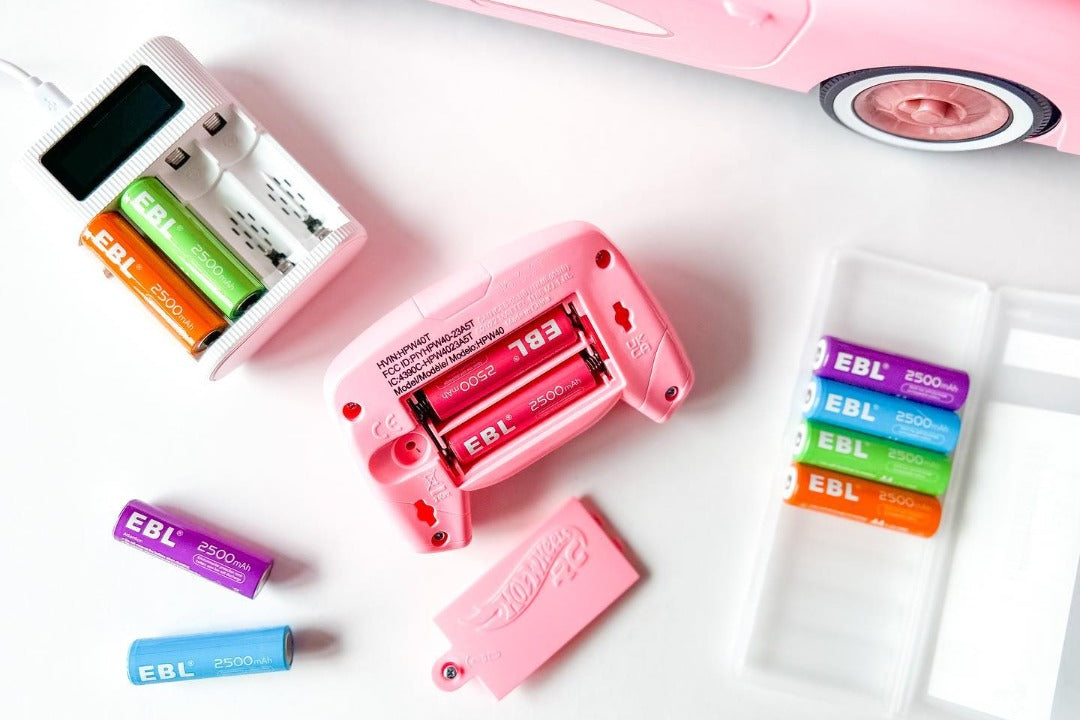
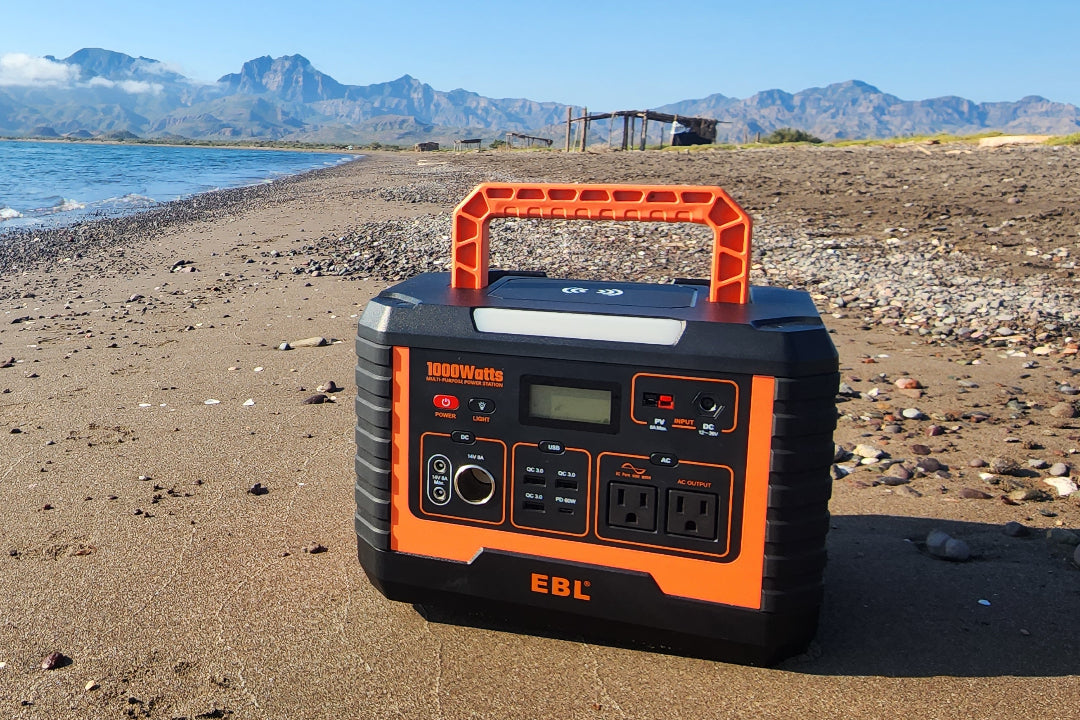
Leave a comment